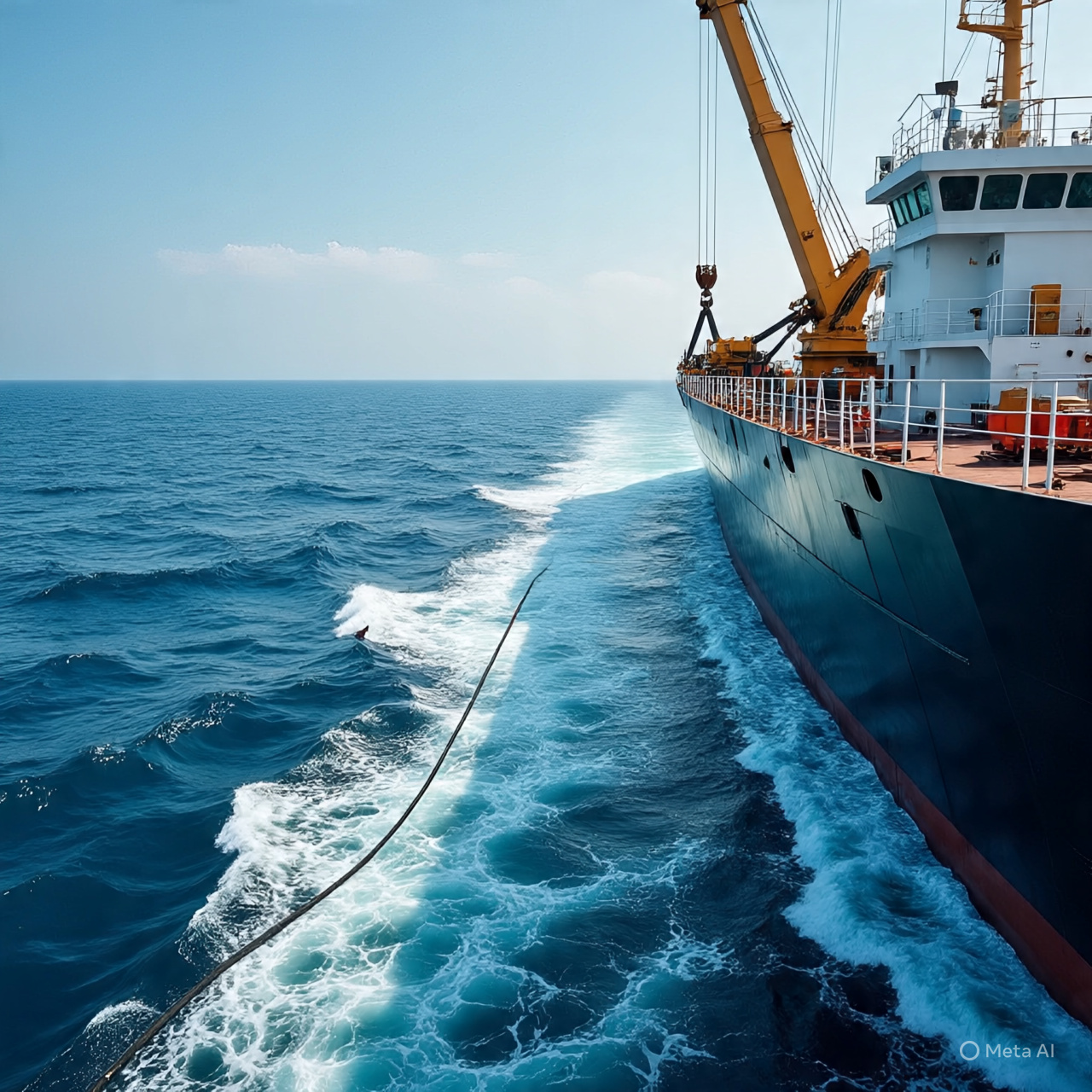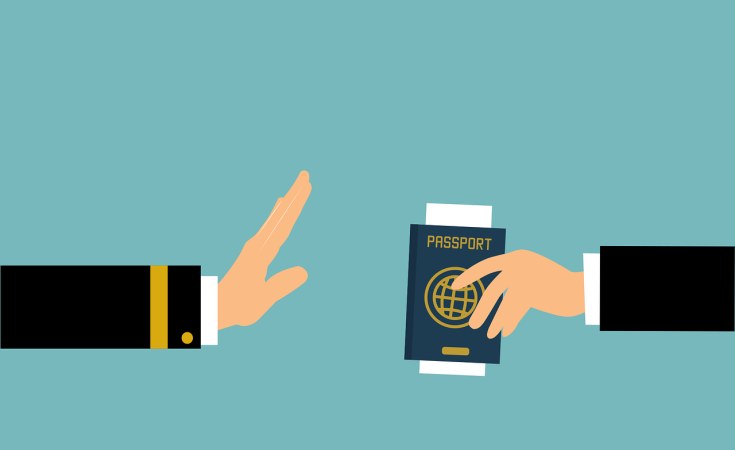Africa’s 45,000km Internet Lifeline: Wiring a Continent from the Ocean Floor

A Cable That Binds a Continent
Beneath the Atlantic, snaking through the Indian Ocean, and curling gently along Africa’s rugged coastline — something monumental is unfolding. It is silent, unseen, and soaked in saltwater. A 45,000-kilometre underwater cable — dubbed as one of the largest on Earth — is gradually knitting Africa into a tighter digital whole.
The project, led by a mix of African operators and international tech giants, has been called many things: revolutionary, historic, long overdue. But for the average African student trying to load a web page or the small business owner waiting ten minutes to process a mobile payment, it all boils down to a simple hope: “Maybe after this, our network will finally be something to write home about.”
Not Just a Wire — A Future
The scale of this undersea project is almost mythical. Stretching across 33 countries — from Portugal to South Africa, Nigeria to Kenya, Senegal to Seychelles — it is a continental spine that promises to carry terabits of data at speeds that many African nations have only dreamed of.
It is more than the internet. It is identity. It has potential. It is the invisible architecture behind modern education, trade, healthcare, and governance.
For decades, Africa has been treated as a digital afterthought. Global cables hugged our edges but rarely pierced deep into the continent. Where they did, the benefits were uneven — swallowed by monopolies, choked by politics, or lost in the potholes between urban centers and rural towns.
But this new effort — with its sheer scale and African-focused ambition — feels different. For once, the pipeline isn’t an accidental benefit. It’s the blueprint.
Why This Cable Matters Now
SOURCE: techcabal
We live in an age where everything — from scholarships to startups — relies on the strength of a signal. The African Development Bank estimates that every 10% increase in internet penetration in Africa leads to a 1.4% growth in GDP. That is not wishful theory; it’s been observed time and again.
The challenge has never been talent. It’s infrastructure.
The continent is full of coders who build apps without stable Wi-Fi. Farmers who depend on weather updates can’t always access them. Doctors who conduct telemedicine with an interrupted video.
And then there’s the youth — the TikTokers, the online learners, the dreamers building brands from bedrooms — many of whom are still disconnected by birthright, not by choice.
This cable aims to change that — not just by delivering capacity, but by making connectivity cheaper, faster, and fairer. The more cables, the more competition. The more access points, the more inclusion. The more eyes online, the more we control our own stories.
Subsea Sovereignty: Who Owns the Ocean Floor? But as with all things digital and international, questions of ownership quickly emerge. Who controls the cable? Who maintains it? Who decides what flows through it?
This isn't just fiber optics — it’s power. And while parts of the system are led by African telecom firms and local governments, it also involves global tech giants who, in many ways, see Africa as the next billion-user market.
This opens a fresh conversation: Will Africa own its connection, or lease it forever? Will this be a backbone we can shape ourselves, or a dependency dressed up as a gift?
It’s too early to say. But what is clear is that infrastructure alone is not enough. We need regulation, digital rights, cybersecurity, and investment in local networks that feed off this global pipe.
Otherwise, the cable will remain just that — a line in the ocean — while the people it was meant for are left staring at loading screens.
From the Coast to the Country
The real challenge begins on land. Undersea cables end at the coast. From there, it is up to each country to move the data inland — through fiber rollout, cell towers, internet exchange points, and affordable ISP services.
This is where most efforts have faltered in the past. The internet reaches Lagos but not Lafia. It hums in Nairobi but barely whispers in Turkana.
The new project is promising to fix that. Many countries involved are not just upgrading cable landing stations — they are building out terrestrial fiber that moves the internet across borders and cities, connecting regions that were once digital deserts.
Some are even talking about internet highways, stitching together rural clinics, schools, town halls, and even farms into one broadband ecosystem.
If delivered properly, the result won’t just be fast YouTube — it will be digital equity. The kind where a teenager in Owerri or Goma or Banjul can learn, code, earn, and grow — without waiting for the line to load.
Is This the Leap We’ve Been Promised?
Cautious optimism is the African mood these days. We’ve learned not to clap too early. We’ve seen roads that end at rivers. We’ve seen ribbon-cutting for hospitals without beds. So, when we hear “45,000km of internet,” we nod — and we wait.
But there are signs this may be different.
The financing is broader.
The players are not just foreign; they include local operators with skin in the game.
There’s growing awareness among African governments that digital is not a luxury — it is electricity, education, employment, and expression all rolled into one.
SOURCE: africabusinessinsider
Countries like Rwanda, Ghana, Kenya, and South Africa are already aligning their policies around the expected data boom. Nigeria, too, has begun outlining digital economy plans hinged on connectivity — though execution remains the lingering ghost.
The Deep Sea and the Deep Questions
This 45,000km project is many things. A marvel of engineering. A gamble on Africa’s digital future. A whisper that maybe, just maybe, the continent will no longer be the last to get the memo.
But it is also a question mark.
Will we be connected to the world or connected by the world? Will this bring freedom of information, or just more filtered content? Will the children of tomorrow remember this cable as the beginning of African innovation — or just another forgotten pipeline?
For now, the waves keep rolling in. The cables are being buried in sand, bolted to rock, and tested for storms.
And somewhere inland, someone refreshes a page— that hopefully our network would be something to write home about— literally.
Recommended Articles
Telecom Titan Axian Conquers East Africa with Wananchi Acquisition!

Africa's digital economy is thriving with significant strategic moves, including Axian Telecom's acquisition of Wananchi...
Abuja Network Crisis: Fuel Shortage Cripples MTN and Airtel Services
Mobile network users in Abuja are experiencing significant quality of service challenges, which the Nigerian Communicati...
Unlocking Growth: Nvidia's Billion-Dollar AI Investment in Nokia Signals Future Tech Trends!

AI chip giant Nvidia is investing $1 billion in Nokia, acquiring a 2.9% stake as part of a strategic bet on the Finnish ...
Startup World Mourns the Passing of Visionary VC and Ex-Rogers CEO Nadir Mohamed

Nadir Mohamed, former CEO of Rogers Communications Inc., has passed away at 69. Remembered for expanding Rogers' wireles...
You may also like...
Super Eagles' Shocking Defeat: Egypt Sinks Nigeria 2-1 in AFCON 2025 Warm-Up

Nigeria's Super Eagles suffered a 2-1 defeat to Egypt in their only preparatory friendly for the 2025 Africa Cup of Nati...
Knicks Reign Supreme! New York Defeats Spurs to Claim Coveted 2025 NBA Cup

The New York Knicks secured the 2025 Emirates NBA Cup title with a 124-113 comeback victory over the San Antonio Spurs i...
Warner Bros. Discovery's Acquisition Saga: Paramount Deal Hits Rocky Shores Amid Rival Bids!

Hollywood's intense studio battle for Warner Bros. Discovery concluded as the WBD board formally rejected Paramount Skyd...
Music World Mourns: Beloved DJ Warras Brutally Murdered in Johannesburg

DJ Warras, also known as Warrick Stock, was fatally shot in Johannesburg's CBD, adding to a concerning string of murders...
Palm Royale Showrunner Dishes on 'Much Darker' Season 2 Death

"Palm Royale" Season 2, Episode 6, introduces a shocking twin twist, with Kristen Wiig playing both Maxine and her long-...
World Cup Fiasco: DR Congo Faces Eligibility Probe, Sparks 'Back Door' Accusations from Nigeria

The NFF has petitioned FIFA over DR Congo's alleged use of ineligible players in the 2026 World Cup playoffs, potentiall...
Trump's Travel Ban Fallout: African Nations Hit Hard by US Restrictions

The Trump administration has significantly expanded its travel restrictions, imposing new partial bans on countries like...
Shocking Oversight: Super-Fit Runner Dies After Heart Attack Symptoms Dismissed as Heartburn

The family of Kristian Hudson, a 'super-fit' 42-year-old marathon runner, is seeking accountability from NHS staff after...
